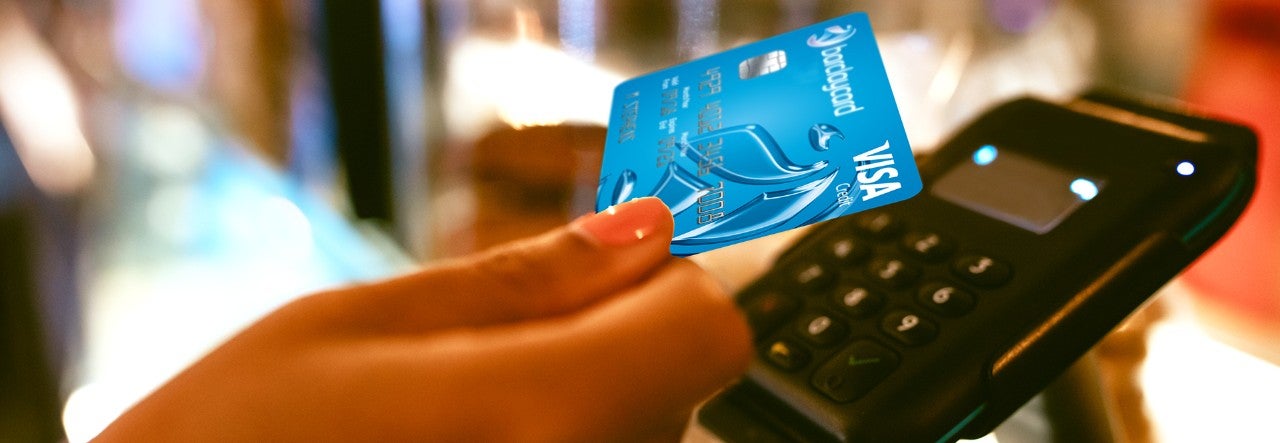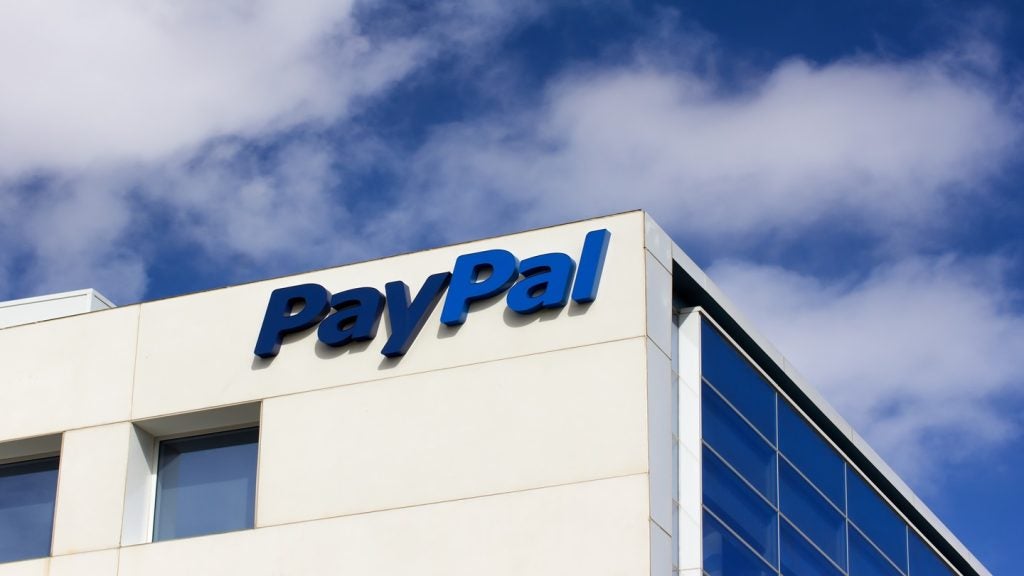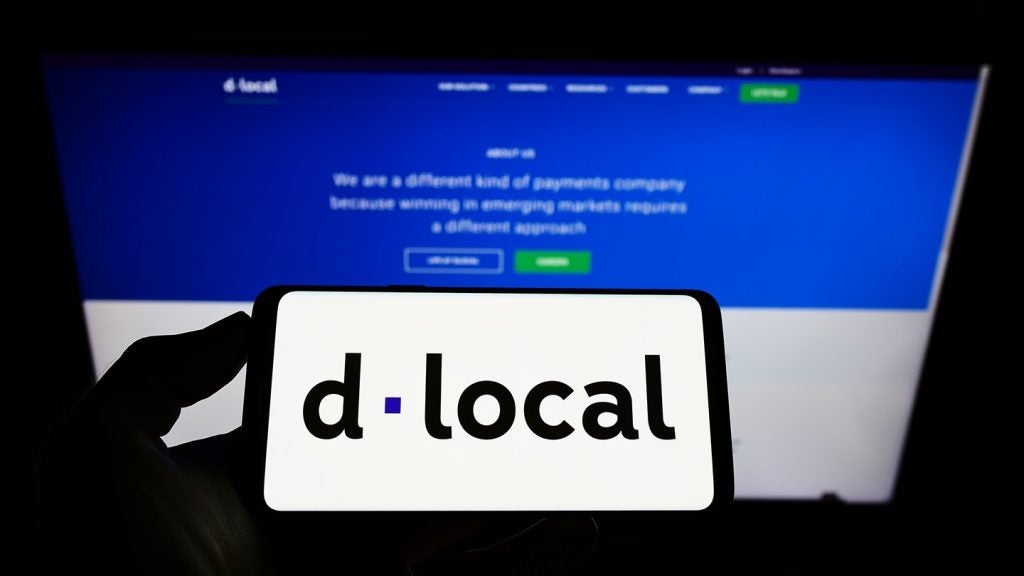
Online shopping has scaled new heights during the past few months, with internet sales accounting for 32.8% of all retail sales in May 2020 – up from 18.9% in February. David Jeffrey, Director of Product at Barclaycard Payments, writes

However, fraud is also on the rise: Action Fraud recently reported that around £2m has been stolen in Covid-19 related scams alone. These developments make it imperative that merchants have the best possible defences in place.
Traditionally, companies have used rule-based mechanisms and manual analysis to detect fraud. However, relying solely on this can result in a high number of ‘false positives’, which is where companies block transactions made by genuine customers. For example, if your fraud rules state that orders over a certain value or from certain locations are more likely to be fraudulent, then you might miss out on some legitimate income.
Instead, companies should make use of emerging technology and deploy new approaches alongside rule-based analysis.
Machine learning, for example, means that the detection of fraud is much faster. Technology is able to learn from patterns of ‘normal’ shopper behaviour and constantly adapt to identify fraudulent activity in a matter of seconds.
How well do you really know your competitors?
Access the most comprehensive Company Profiles on the market, powered by GlobalData. Save hours of research. Gain competitive edge.

Thank you!
Your download email will arrive shortly
Not ready to buy yet? Download a free sample
We are confident about the unique quality of our Company Profiles. However, we want you to make the most beneficial decision for your business, so we offer a free sample that you can download by submitting the below form
By GlobalDataThis technique is particularly suited to periods when website traffic is high, as it relies on large sets of data to work efficiently. The more data the system has to analyse, the more effective it becomes at identifying and predicting risky transactions.
Strong Customer Authentication (SCA) is another significant development in in the battle against fraud.
It means customers will no longer be able to check-out online using solely their credit or debit card details. They will also need to provide an additional form of identification such as a PIN code, a fingerprint or a passcode sent to their mobile phone at the time of checkout. This is known as two-factor authentication and can make retailer fraud systems even stronger.
However, two-factor authentication also adds friction into the customer journey. Automatically routing all transactions through 3DS could therefore have a negative impact on customer satisfaction and may result in increased basket abandonment and fewer purchases. So once businesses have successfully deployed 3DS Version 2, our advice to is to use it selectively for those transactions which carry a higher risk.
Knowing which fraud defences to use, and which to avoid, can be challenging for businesses operating online. To help, Barclaycard has pulled together five top tips for merchants looking for answers:
Define your customer experience and flag unusual behaviour
It’s imperative that companies are analysing all customer behaviour, including activity deemed ‘normal’ so that when there is an anomaly, it can be quickly and efficiently blocked or flagged. Using behavioural analytics based on historic and real-time data makes it possible to detect unusual customer behaviour and consistently detect new fraud patterns. Machine learning-based systems pull data from constantly changing data sets and can find hidden connections, which makes it possible to detect even subtle fraudulent activities.
Define your risk appetite
Deciding what your appetite for risk is as a business and developing your payments strategy accordingly plays an important role in fraud prevention. Depending on the value of the goods you’re selling, it’s important to have screening tools in place to protect your business from fraudulent transactions and data breaches.
Some payment types and transactions carry more risk than others. For e-commerce, the level of risk that a merchant is exposed to can be significantly reduced by SCA.
Create a fraud strategy with dynamic friction
Introducing sufficient safeguards and friction to combat fraud – while still providing a seamless customer experience to genuine customers – is a delicate balance to strike. Companies need to distinguish between helpful, positive friction that prevents fraud, and harmful, negative friction that impedes the customer journey. Once this distinction is made, businesses can start to eliminate negative friction points whilst optimising the positive ones.
Use data analysis to increase revenue
Historical data can be invaluable to measure risk and make informed policy changes. For example, instead of reviewing every order that is over £500, you can use historical data to evaluate which kind of customers such a policy would impact and what percentage of sales over £500 limit would be flagged as fraudulent. Once businesses have an efficient process in place, they can reallocate resources from risk to revenue, while reducing customer friction and improving the shopping experience.
Align fraud and risk policies with the “new normal”
As we move through this period, customer behaviour continues to change rapidly. To stay ahead, businesses must continue to evaluate the wider landscape and adapt their risk policies to reflect this shifting consumer behaviour in real time. To help businesses of all sizes navigate this complex landscape, Barclaycard launched Transact, a suite of tools designed to reduce fraud, improve payment acceptance rates, and intelligently apply SCA exemptions to reduce friction for shoppers.
Whatever the size of your business, having the right tools and processes in place to help screen for fraudulent activity is becoming increasingly important. As fraudsters become more sophisticated in their methods, so too must the companies that trade online.







